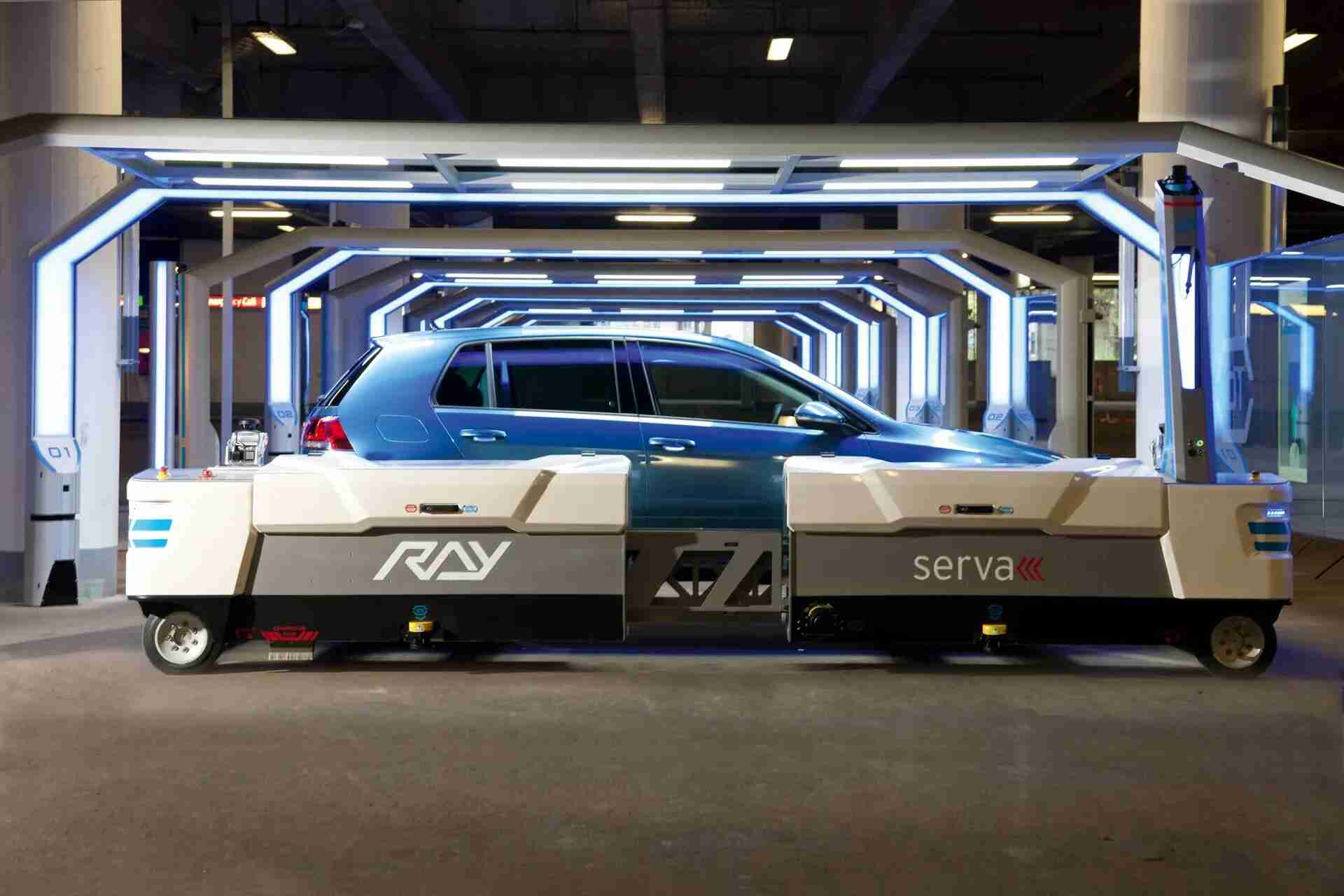Parking Robots From Around the World
From hospitality to manufacturing, robots are bringing efficiency to businesses across industries. And now they’re making their way to parking lots by automating the process end-to-end. These parking robots ensure optimum utilization of the parking facility, reduce operational costs, and improve security.
Think of them as automated valets. They guide and park a vehicle in a parking lot or garage – turning current parking lots into automated spaces. These robots are a one-time investment for parking lots with easy maintenance and lower costs.
Meet parking robots from around the world!
Although parking robots are a relatively new concept, they’re already operational in various parts of the world. Let’s look at a few robots transforming the parking landscape.
-
Ray
One of the pioneers in driverless valet parking systems, Ray was built by Serva Transport Systems in partnership with AUDI in 2012. By 2014, it was a common feature at Dusseldorf International Airport in Germany.
Passengers arriving at the airport simply have to drive their car onto a marked space, collect their parking ticket, and lock their vehicle. Then, Ray will scan the car for its model and size to adjust its setting accordingly. It will pick up the car using a forklift on its wheels and drop it off at a designated parking space.
When passengers return from their trip, they can request a pick-up of their vehicle using an app. Ray will lift the car from its parking space and drop it off in the same spot where the passenger had left their vehicle.
-
Stan
Another parking robot, Stan by Stanley Robotics, uses the same lift and park mechanism to guide the vehicles to their designated parking space. But unlike Ray, Stan lifts the car from the front using a lifting mechanism that automatically adjusts its size to the vehicle’s wheelbase and ensures a safe transfer.
Due to its compact size and high-level sensor fusion technology, Stan can move around the parking compound independently without colliding with other vehicles or robots on the move. Stan provides full-time service at the Lyon-Saint-Exupery airport in France, where passengers drop their cars in garage-like cabins for Stan to pick up and park.
-
Ziggy
Ziggy, made by the leading charging technology provider ‘EV Safe Charge,’ is an EV-exclusive parking robot. It not only assists passengers with automated parking but also charges their EV when parked. It allows them to summon the parking robot using a mobile app or an in-vehicle infotainment system. If they make an advance reservation, the robot will hold an available space for them and plug in for charging after they arrive.
Companies employing Ziggy include industry big shots like Hewlett Packard Enterprise, Jaguar, Harley Davidson, Audi, Nissan, Fiat Chrysler Automobiles, etc.
Integrate, Integrate, Integrate!
Integrating a parking robot into a smart parking solution is the only way to utilize it to its maximum capacity. In addition to saving space and time, parking robots can:
- Reduce traffic in the parking lot
- Reduce accidents and ensure the safety of vehicles
- Patrol parking lots to ensure higher security
Smart parking systems like Get My Parking provides parking lot owners with complete control over their operations with a custom-branded parking app, a highly capable admin dashboard, and deep integrations for Value Added Services like EV charging. Admins can customize tariffs and promotions, keep track of every transaction and session that happens in their car park, and set up monthlies for their regular parkers.
GMP’s Plug N Play solutions retrofit and integrate with any equipment or PARCS, making it the most budget-friendly upgrade for operators.
Read Also: Volkswagen Welcomes Its First Car Charging Robot Concept
Parting Thoughts
Parking robots are an innovative invention with several benefits that address modern-day parking challenges. They also help transform existing parking spaces into fully-automated parking facilities. Investing in parking robots and software solutions will help make parking a stress-free activity and ensure optimum utilization of the facility without spending on expensive expansions.

